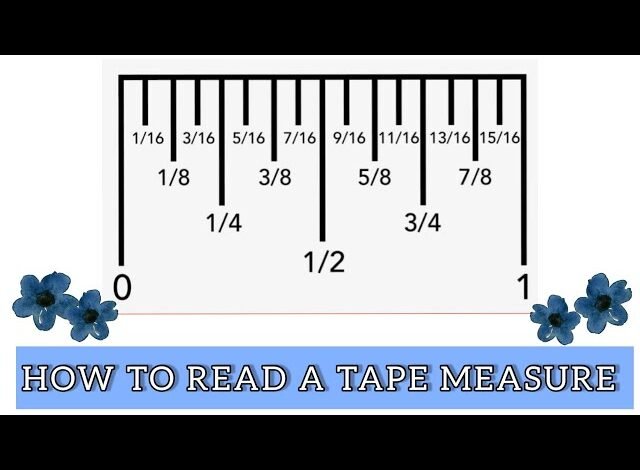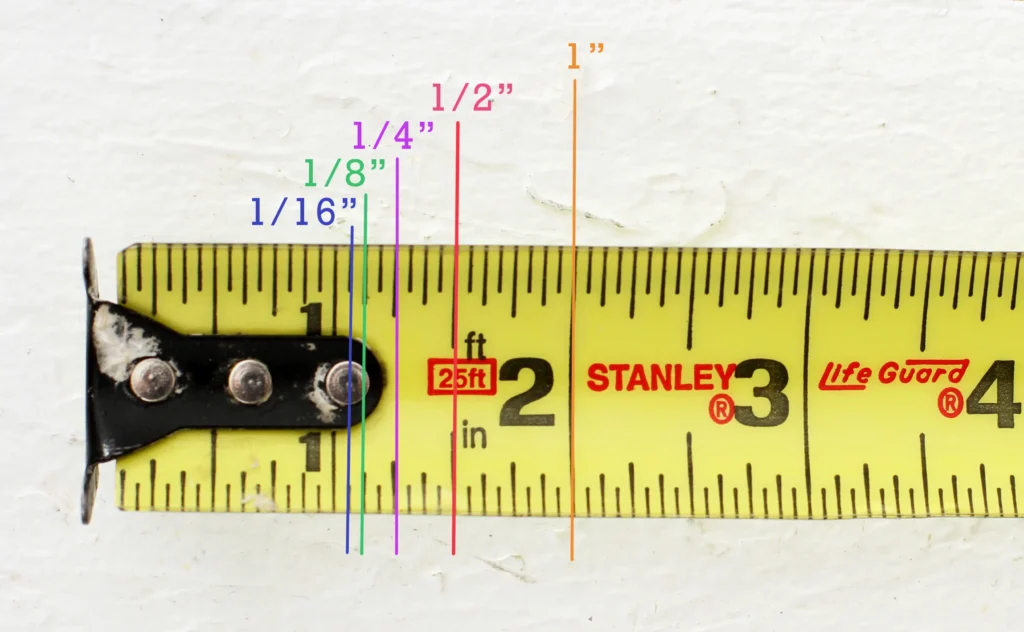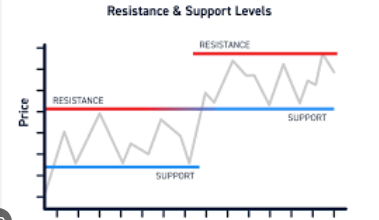Printable:8jvkuhqij3m= How to Read a Tape Measure

Understanding Printable:8jvkuhqij3m= How to Read a Tape Measure is a fundamental skill that can significantly impact the success of various projects, from construction to crafting. By becoming familiar with the tape’s components, including the measurement scales in both inches and metric units, one can enhance precision in their work. Additionally, grasping the nuances of fractional markings is imperative for achieving exact measurements. However, mastering this essential tool involves more than just recognition; it requires a methodical approach to ensure reliability and avoid costly errors. What are the critical strategies that can elevate your measurement proficiency?
Understanding Tape Measure Components
Understanding the components of a Printable:8jvkuhqij3m= How to Read a Tape Measure is essential for accurate measurements and effective usage.
Various tape measure types exist, including cloth, steel, and electronic, each serving specific purposes.
Familiarity with measurement units—such as inches, feet, centimeters, and meters—enables users to select the appropriate tool for their needs.
Mastering these components empowers individuals to utilize tape measures confidently and efficiently in their projects.
Read more: Printable:8j3olvnkles= Receipt Template
Reading Inches and Fractions
While mastering the art of reading a tape measure may seem daunting, it is essential for anyone involved in construction or DIY projects.
Understanding inches conversion is crucial, as each inch is divided into fractions. Familiarize yourself with fraction basics; for example, the markings represent 1/2, 1/4, and 1/8 increments.
This knowledge enables precise measurements, empowering you to execute tasks with confidence and accuracy.
Measuring in Centimeters and Millimeters
In addition to measuring in inches, tape measures often include metric units such as centimeters and millimeters, which are widely used in various fields, including engineering and design.
Understanding metric conversions is crucial when utilizing different tape types. Centimeters provide a larger scale for general measurements, while millimeters offer precision for detailed projects, catering to diverse measurement needs.

Tips for Accurate Measurements
Accurate measurements are essential for successful projects, whether in construction, crafting, or design.
To achieve precision, employ proper calibration techniques and regularly check your tape measure for wear.
Avoid common mistakes such as misreading the scale or measuring from the wrong end.
Always double-check your measurements and consider using a helper to ensure accuracy, especially for larger projects or long distances.
Read more: Printable:8j4cnkhszjm= Kc Chiefs Logo
Conclusion
Accurate reading of a Printable:8jvkuhqij3m= How to Read a Tape Measure is akin to navigating a map; precision in measurements leads to successful outcomes in various projects. By comprehensively understanding the components of the tape measure, including the divisions for inches and metric units, and by employing effective measuring techniques, one can ensure accuracy. Consistent practice, along with double-checking measurements, will enhance proficiency and confidence in using this essential tool in construction and DIY tasks.






